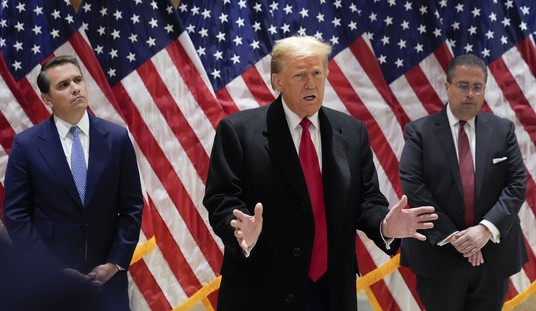The college men who invented American football in the decades after the Civil War approached the game with the same imaginative spirit that drove American capitalism in that era. When their invention did not work, they simply reinvented it -- until they developed something thrilling to players and fans alike.
Even the dullness of the 1881 Princeton-Yale game was driven by an irrepressible inventiveness.
The rules and precedents of that year gave Princeton an incentive to develop a game plan for a scoreless tie -- and they executed it with mind-numbing brilliance.
How did such an incentive arise?
Games containing the essential elements of football have existed since ancient Greece. But written rules for such games are relatively new in the English-speaking world. It was only in 1871 that the Rugby Football Union drafted its initial rules at a London restaurant.
Two years before that, when Princeton and Rutgers competed in the first-ever home-and-home intercollegiate football series, each game was played by the home school's rules. Both were more like soccer than either rugby or American football.
After watching Harvard play rugby against Canada's McGill in 1874, players at Princeton and Yale decided it was a better game. As recounted by early football historian Parke H. Davis (a former Princeton player and Lafayette and Wisconsin coach), two Princeton players invited counterparts from Harvard, Yale and Columbia to meet in Springfield, Mass., on Nov. 26, 1876, to form an "Intercollegiate Football Association" and adopt a uniform set of rugby-style rules.
Yale objected to two of the rules adopted: one allowing teams to field 15 players (as opposed to the 11 Yale wanted); another that included touchdowns as part of a complicated scoring system (Yale wanted only kicked goals counted).
Recommended
As related by the late Delaware football coach David Nelson in "Anatomy of a Game," Yale player Walter Camp attended the 1878 IFA meeting, calling for a reduction to 11 players. He was ignored. Princeton defeated Yale that year and took the national title.
Camp attended the IFA meeting in 1879, again calling 11-player teams and also for safeties to count in the scoring. At the time, a team making a safety lost no points and got to retain possession at its own 25 yard line. Camp's proposals were rejected again. That year Yale tied Princeton 0 to 0, while Yale only took two (unscored) safeties to Princeton's five.
The IFA gave Princeton the title -- carrying over its 1878 championship.
Camp again attended the 1880 IFA meeting. This time, he won two rule changes. Teams were restricted to 11 players. More fundamentally, one team at a time would now be given undisputed possession of the ball, which they could put in play be snapping it back -- by foot -- from a scrimmage line. American football left rugby behind.
"This is the device which introduced into our game the principle of an orderly retention of the ball by one side, thereby making possible the use of prearranged strategy, the most distinctive and fascinating characteristic of the American game," wrote Parke Davis.
Yet there was no limit to the number of downs a team could keep the ball, so long as it did not fumble or kick downfield.
In the second half of that year's Princeton-Yale game, with the score tied 0 to 0, Princeton held the ball to run out the clock. In the process, the Tigers took 11 unscored safeties. Princeton then claimed it had retained a national title it had not won on the field for two years. Yale claimed the title for itself.
The 1881 IFA meeting adopted a rule to give negative value to safeties in a game tied after two overtimes: "If the game still remains in a tie, the side which makes four or more safeties less than their opponents shall win the game."
At the 1881 Princeton-Yale game, the lawyerly Tigers unveiled a new stalling tactic: the touch-in-goal. This was achieved by throwing the ball to a player standing in the angle of space behind the goal line but beyond the sideline. As with an old safety, this allowed the offending team to retain possession on it own 25. Princeton held the ball for most of the first half; Yale, replicating Princeton's tactics, held it most of the second. They tied 0 to 0.
Princeton again claimed the title based on 1878. Yale counterclaimed, pointing out it had played a superior game against Harvard that very year -- when Harvard scored four safeties to Yale's none. The title went to Yale.
After the 1881 Princeton-Yale debacle, some argued that the American colleges should give up their unique rules and simply conform to the British rugby game.
American college players would have none of it. As Coach Nelson reported in "Anatomy of a Game," Camp again attended the rules meeting in Springfield, Mass., on Oct/ 12, 1882. This time he proposed the concept now known as a first down -- only as originally approved a team needed to get five yards in three downs to retain possession of the ball. The rule was accepted.
A new game was born -- wholly American and unmatched by any other in the world.

























Join the conversation as a VIP Member